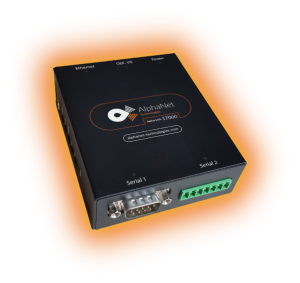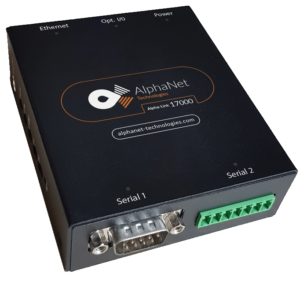Introduction to Modbus Gateway
A Modbus Gateway is a crucial component in industrial automation systems. It serves as an interface that connects different types of Modbus networks and devices, enabling seamless communication across different Modbus protocols. But, what exactly are these protocols?
Understanding Modbus Protocols
Modbus protocols are communication protocols used in industrial electronic devices. There are three main types: Modbus RTU, Modbus ASCII, and Modbus TCP/IP.
Modbus TCP
Modbus TCP is a variation of the Modbus RTU protocol and is used over TCP/IP networks, providing a method for industrial devices to communicate over Ethernet.
Modbus RTU and ASCII
On the other hand, Modbus RTU and ASCII are serial communication protocols. Modbus RTU is binary, making it more compact and thus faster, while Modbus ASCII is readable by humans.
The Need for a Modbus Gateway
A Modbus Gateway plays a pivotal role in providing a bridge between these different Modbus protocols, effectively “translating” between them, thus ensuring uninterrupted, smooth communication.
Choosing the Right Modbus Gateway
When selecting a Modbus Gateway, several factors come into play.
Compatibility
The chosen Modbus Gateway must be compatible with the devices and protocols you’re using in your system.
Environment
Consider the environment where you’ll use the gateway. Factors like temperature, humidity, and physical safety can influence your decision.
Cost
Of course, budgetary considerations are always crucial. Balance between the gateway’s quality, durability, and cost to ensure you’re making a wise investment.
Setting Up a Modbus Gateway
After choosing the right Modbus Gateway, setting it up correctly is critical.
Installation
Installation involves physically placing the gateway in your network and connecting it to the respective devices.
Configuration
You need to configure the gateway according to your system requirements. This could include setting up the IP address, subnet mask, and gateway address for Modbus TCP/IP networks, or setting up the baud rate, data bits, stop bits, and parity for Modbus RTU/ASCII networks.
Testing and Troubleshooting
After installation and configuration, test the gateway to ensure proper operation. Troubleshooting may be necessary if problems arise.
Conclusion
Setting up a Modbus Gateway may seem like a complex task, but with a proper understanding of the process and considerations, it becomes manageable. The right Modbus Gateway can ensure smooth and effective communication in your industrial automation system, which is essential for optimum performance.
FAQs
- What is a Modbus Gateway?
- Why do I need a Modbus Gateway?
- What are the differences between Modbus RTU, ASCII, and TCP/IP?
- What factors should I consider when choosing a Modbus Gateway?
- How do I set up a Modbus Gateway?


